March 2018
March 4, 2018
Super Soaker as Ear Syringe

As described in the Canadian Medical Association Journal (Dec. 6, 2005), a man on vacation in rural Ontario experienced sudden, profound hearing loss. A family doctor on vacation in the same location was consulted and diagnosed the man as suffering from a buildup of cement-like ear cerumen. Lacking access to professional equipment for its removal, ingenuity was required. A child's Super Soaker Max-D 5000 proved to be the solution:
Midway through the second load's stream, wax particles began to run out of the ear. Just after starting the third load, a large plug of wax burst forth from the patient's ear. The 3 generations of family members present took turns admiring (or recoiling from) the specimen. The patient exclaimed in joy, "I can hear again!"...
The clinician operator of the device was impressed by the Super Soaker's ease of use for this procedure. Specifically, the ability to control a narrow, mildly pressurized jet of water was considered excellent. As well, the device only had to be refilled once or twice before the cerumen was removed from each ear. This is in contrast to his experience of requiring up to 10 or more refills of standard ear-syringing equipment. Using the Super Soaker in standard practice could then lead to decreased overall time spent on this procedure, resulting in shorter waiting times for patients through increased physician efficiency.
Posted By: Alex - Sun Mar 04, 2018 -
Comments (12)
Category: Medicine
Cheerleader Effect

image source: dwilliss/flickr
Pro-tip for non-photogenic people: You'll look better in a group photo than on your own. This is known as the Cheerleader Effect, and it's been scientifically verified. From medicalxpress.com:
Participants rated the attractiveness of faces presented in a group and individually. Regardless of gender, attractiveness ratings were higher when people were presented in a group compared to presented individually.
However, this does not mean the bigger the group—the more attractive you are. The authors found that group size, whether 4, 9, or 16 individuals, had no effect on attractiveness ratings. Basically, a handful of friends is all you need to take advantage of this effect.
Importantly, studies have shown the cheerleader effect to be reliable. Additional studies published in 2015 and one just this month continue to find a groups' attractiveness is significantly higher than the attractiveness of an individual group member.
Posted By: Alex - Sun Mar 04, 2018 -
Comments (2)
Category: Beauty, Ugliness and Other Aesthetic Issues, Psychology
Follies of the Madmen #354
"That should give you time to mow the lawn!"
Posted By: Paul - Sun Mar 04, 2018 -
Comments (0)
Category: Business, Advertising, Family, Food, 1960s
March 3, 2018
Go Back, Jack, Do It Again
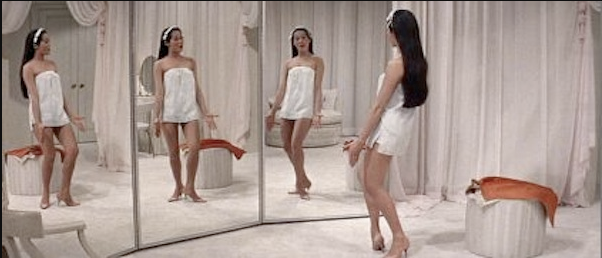
As we approach the tenth anniversary of Weird Universe (founded mainly due to the genius and initiative of Chuck Shepherd, July 2008), Alex and I had the notion that newcomers might not have seen many of our past posts that were deserving of their amused attentions. Therefore, we are going to occasionally repost an oldie-but-goodie, bannered with a special header to identify it. We hope that even if you have been with us since the beginning, you will enjoy these reruns, which, of course, will not diminish our schedule of two new posts each and every day.
Just more weirdness for your enjoyment!
Posted By: Paul - Sat Mar 03, 2018 -
Comments (3)
Category: Anniversary, Weird Universe, Alex, Chuck, Paul
Edible Bonsai

Original ad here.
Posted By: Paul - Sat Mar 03, 2018 -
Comments (0)
Category: Business, Advertising, Food, Surrealism, 1960s
Toaster Eggs
A product of the 1970's toaster-cooking craze. Inspired by the popularity of Pop Tarts.They were introduced in 1972, and by 1975 were off the market.

Pittsburgh Press - Oct 1, 1972

Posted By: Alex - Sat Mar 03, 2018 -
Comments (3)
Category: Food, Eggs, 1970s
March 2, 2018
Chairman Jesus
In July 1979, company officials at the Concrete Pipe Corp. in Menasha, Wisconsin decided to elect Jesus Christ as the new chairman of their board. The decision was unanimous.When asked what address they were going to supply to the state for the new chairman, the company president, Don Koepke, explained, "We'll say, 'wherever two or more are gathered in his name.'"
The company had been in existence for 45 years. As far as I can tell, it survived for about another eight years under Jesus's leadership, closing in 1987.
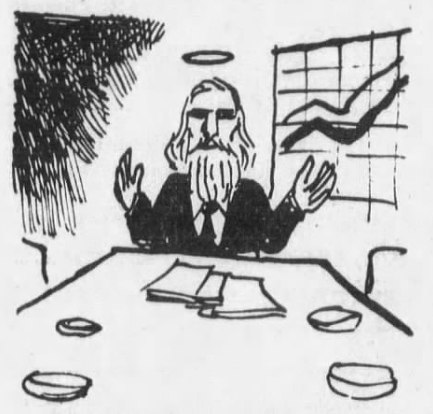
Honolulu Star Bulletin - Oct 6, 1979
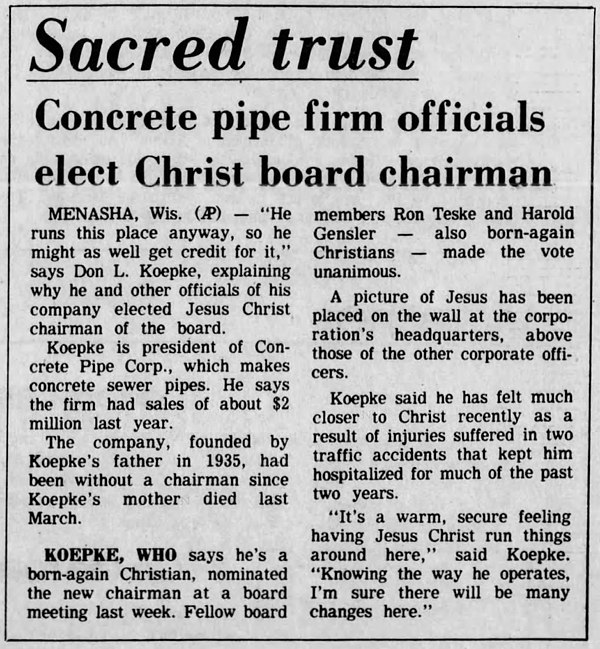
Akron Beacon Journal - July 31, 1979
Posted By: Alex - Fri Mar 02, 2018 -
Comments (1)
Category: Business, Religion, 1970s
Playful Swans
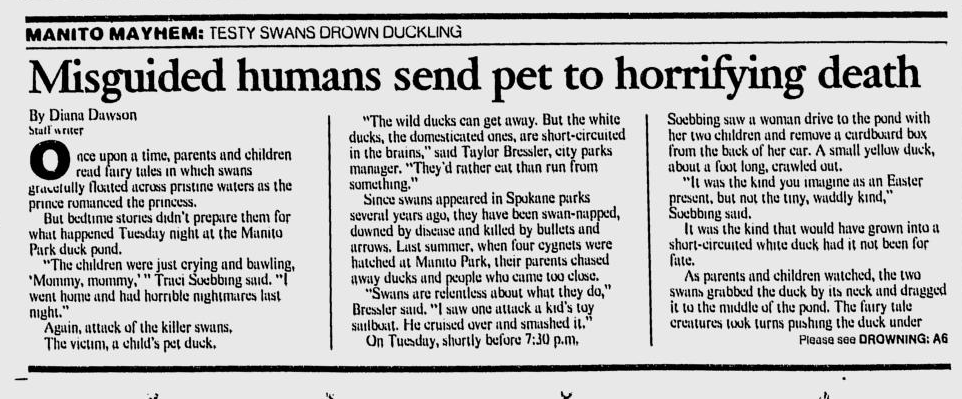
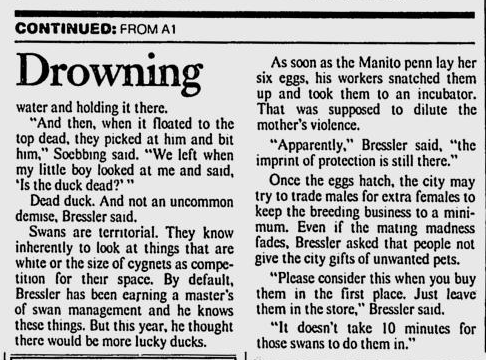
Original article here.
Posted By: Paul - Fri Mar 02, 2018 -
Comments (4)
Category: Animals, Death, Children, Parents, 1990s
March 1, 2018
Pretzels for God
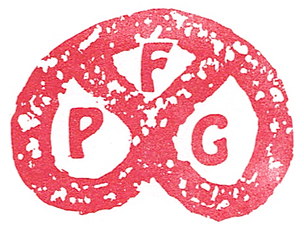
The Pretzels for God movement was founded by Marlene McCauley of Phoenix, Arizona in 1973 after she became inspired to restore the pretzel to what she felt was its rightful place in Christian worship.
Apparently Christians invented pretzels back in the fifth century to eat during Lent since the pretzels contained only water, flour, and salt, but no eggs or milk which were forbidden during the observance. The shape of the pretzel symbolized arms crossed in prayer.
However, in modern times this religious origin has been largely forgotten as pretzels have become a bar and snack food. McCauley was determined to right this wrong. Specifically, she hoped to encourage Christians to eat pretzels during Lent and also to recite before each meal the "pretzel prayer":
More info:
"The Twisting Religious Plot of the Pretzel," Houston Chronicle
"Pretzels for God,"[PDF] text of a speech delivered by McCauley at the National Pretzel Convention in 1974
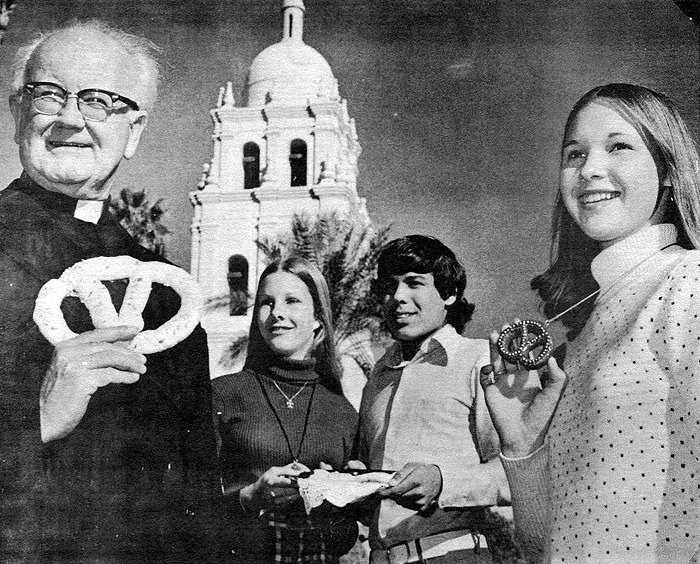
"Rev. Cornelius O'Mara, S.J. holding Lenten Christian symbol of prayer and penance with students from Central High School"

Kane Republican - Feb 23, 1974
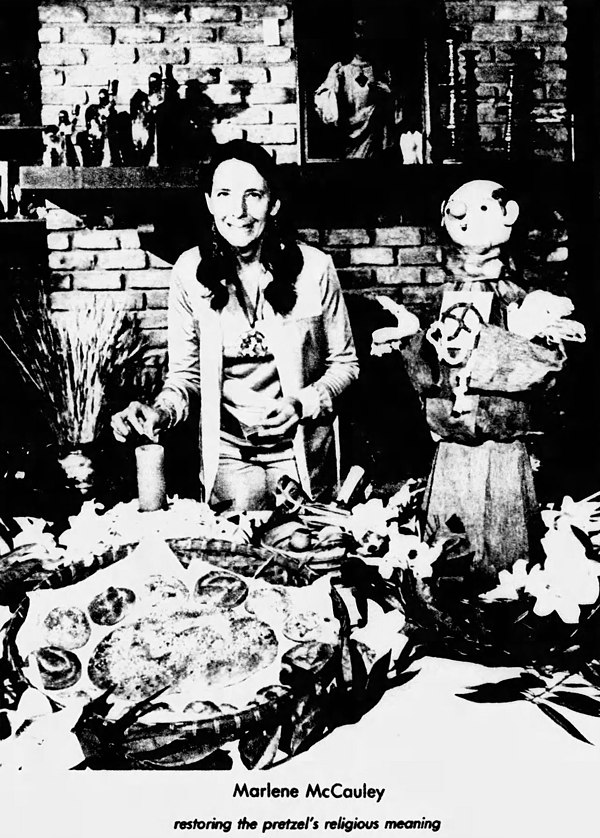
Arizona Republic - Apr 8, 1979
Posted By: Alex - Thu Mar 01, 2018 -
Comments (3)
Category: Food, Junk Food, Religion, 1970s
Mystery Gadget 58
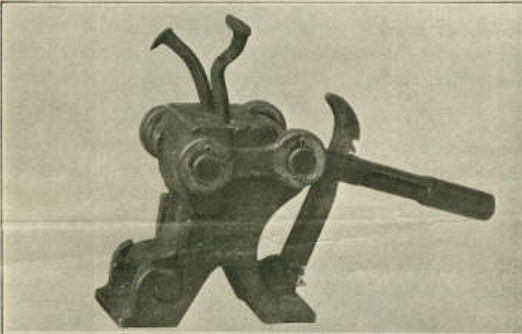
What's it do?!?
The answer is here.
Or after the jump.
More in extended >>
Posted By: Paul - Thu Mar 01, 2018 -
Comments (4)
Category: Technology, Nineteenth Century
| Get WU Posts by Email | |
|---|---|

| Who We Are |
|---|
| Alex Boese Alex is the creator and curator of the Museum of Hoaxes. He's also the author of various weird, non-fiction books such as Elephants on Acid. Paul Di Filippo Paul has been paid to put weird ideas into fictional form for over thirty years, in his career as a noted science fiction writer. He has recently begun blogging on many curious topics with three fellow writers at The Inferior 4+1. Chuck Shepherd Chuck is the purveyor of News of the Weird, the syndicated column which for decades has set the gold-standard for reporting on oddities and the bizarre. Our banner was drawn by the legendary underground cartoonist Rick Altergott. Contact Us |

